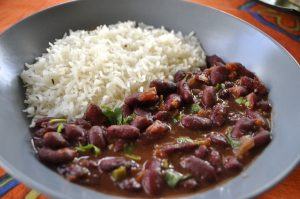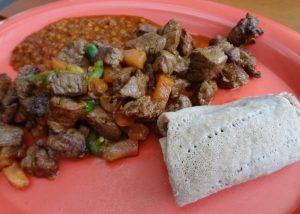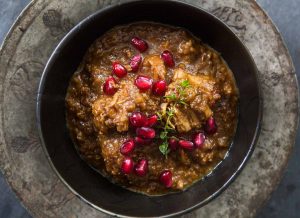We would argue about what seasoning to put
And no this wasn’t pizza
To the days when satisfaction would come from a packet
And noodles were our gourmet meal
To the days we didn’t have much to deal with
And growing up wasn’t part of this deal
Seven years later,
As I stand in front of the microwave
Me and my glass of wine,
I open the ramen packet –
Only to be taken back in time.
1. What piece did you choose to imitate? I chose the poem, “Noodles in Broth,” by Hong Junju.
2. Why did you choose this piece? I chose this piece, because I was fascinated by its story telling power. The personification of food depicted in a powerful narrative. The poem that I wrote relates to my time at boarding school where Maggi noodles used to be our staple late night diet. We were vey carefree at the time and these noodles were a part of endless conversations and memories.
3. What did you learn about the culture of the original author through imitating his or her style? His poem depicts a huge sense of nostalgia and a feeling of coming home. It creates memories related to home and makes the reader think about old times. By using the medium of food to convey these feelings, it increases the magnitude of emotions in the words. The author comes from a place that is famous for tea. Add to that, he is hinting at the aspect of ‘familiarity’ in Chinese culture.
4. What did you learn about your own culture while writing? To me, Maggi isn’t a packaged food product, it is associated with memories from childhood to right up until now. They have played a significant role in my life and have been an essential part of me growing up. They signify everything from friends, family to love and affection.
5. Is there cultural DNA embedded in the piece you read and in your piece? How does this DNA manifest in the texts? This has a lot to do with where the author of the piece is from and what his personal connections are. The DNA manifests in the texts in the form personal anecdotes in their written format along with the style of the poem itself. These hidden meanings [DNA] form the basis of the piece.






